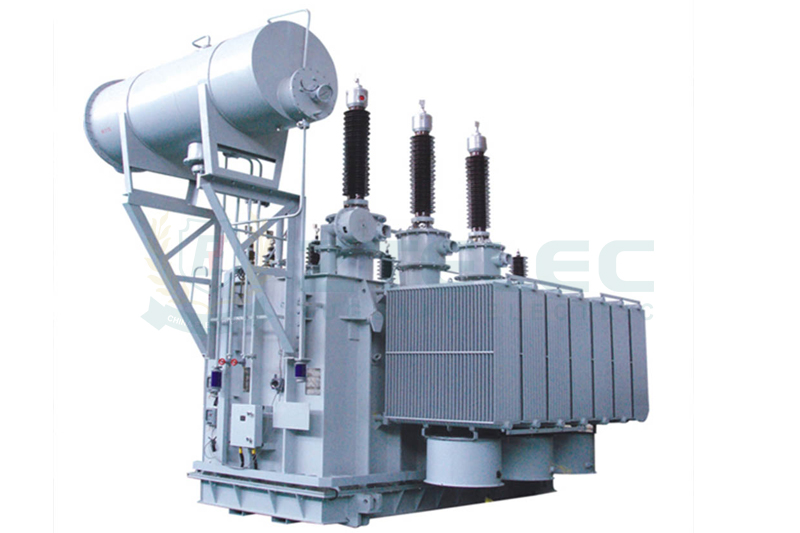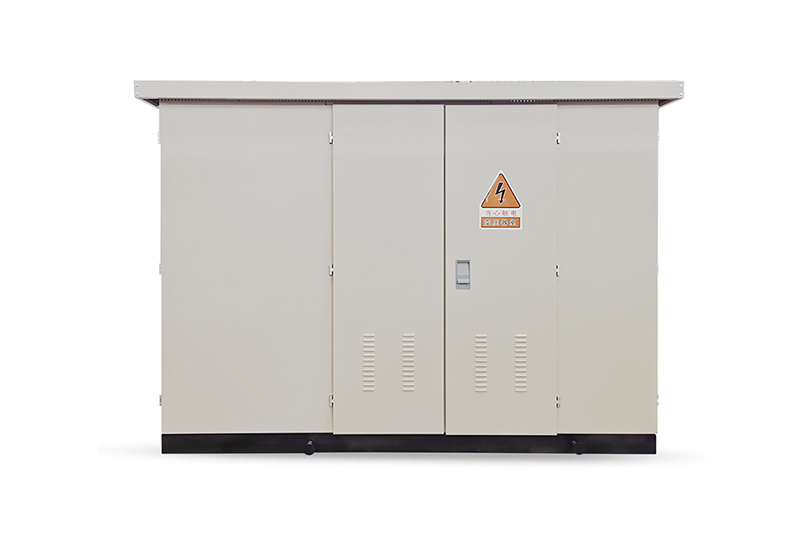Dry-Type Transformer Model Selection: Common Problems and Practical Solutions
Time:2025-07-1 Auther:ZTelec-www.ztelectransformer.com
During the dry-type transformer selection process, many buyers encounter key challenges. Understanding and addressing these common issues ensures accurate model selection, operational safety, and cost-effectiveness in power systems. This article analyzes frequent selection problems and provides actionable solutions to guide optimal transformer procurement.
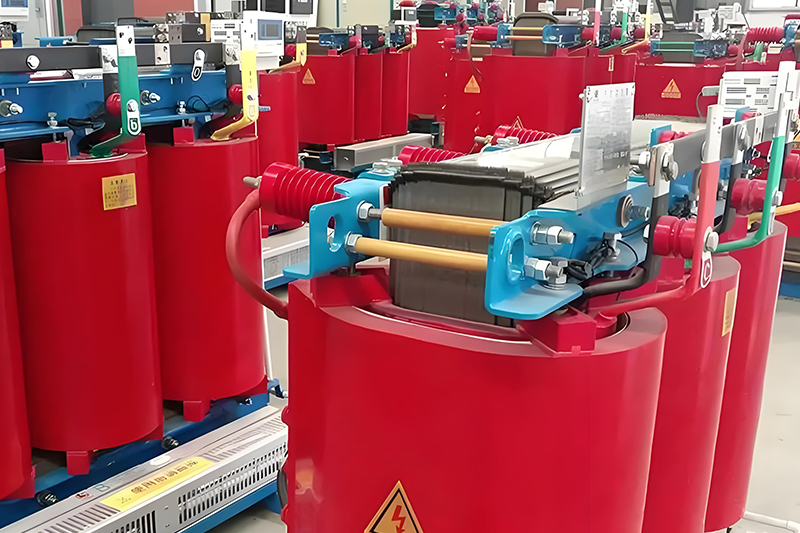
Common Problems in Dry-Type Transformer Selection
1. Capacity Misjudgment
Choosing an oversized transformer leads to wasted resources, while undersized capacity can cause overload and system failure. This typically results from inaccurate load calculation, neglecting the diversity factor and future load growth.
2. Voltage Level Confusion
Buyers often struggle with matching input/output voltage to grid and equipment standards. This is due to unfamiliarity with national voltage classifications and the specific voltage demands of different industries.
3. Insulation Class and Temperature Control
Concerns about overheating stem from poor understanding of insulation grades and their thermal limits, which can affect transformer lifespan and safety.
4. Protection Rating Selection
Lack of knowledge about IP protection levels results in incorrect choices that don’t match environmental conditions such as dust, moisture, or corrosive gas exposure.
5. Energy Efficiency Cost Trade-off
Buyers often hesitate to invest in high-efficiency models due to higher upfront costs, without evaluating potential energy savings or payback periods.
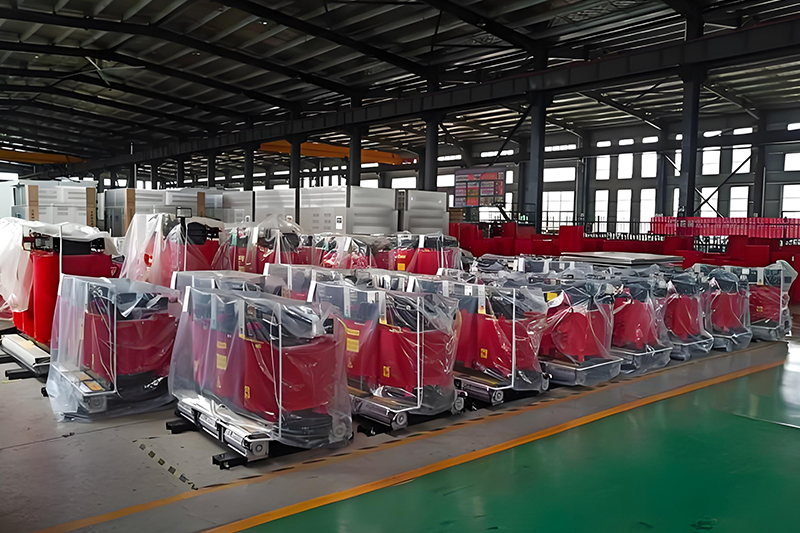
Practical Solutions to Transformer Selection Problems
1. Accurate Capacity Calculation
Calculate the total rated power of connected equipment, then apply a diversity factor (typically 0.5–0.8) to estimate real-time load. Add a 15%–25% margin for future expansion. Prioritize standardized capacities (e.g., 100kVA, 160kVA, 200kVA) for easier sourcing and maintenance.
2. Voltage Level Matching
Confirm the grid voltage from local power suppliers (e.g., 10kV, 35kV). Choose the transformer’s secondary voltage (e.g., 0.4kV, 0.69kV) based on your equipment needs. Account for voltage fluctuations (±5% or ±10%) and choose models with appropriate tap changer ranges.
3. Insulation and Thermal Management
Use F-class insulation (155°C) for normal environments and H-class (180°C) for high heat/humidity conditions. Select transformers made with epoxy resin casting or VPI technology to improve heat dissipation and insulation integrity.
4. Protection Class Selection
In clean indoor environments, IP20 is suitable. For dusty or damp environments, such as industrial plants or mines, opt for IP54-rated transformers for superior dust and moisture resistance.
5. Smart Energy Efficiency Decisions
Compare initial prices and estimate annual energy loss based on load rate and operating hours. Calculate the payback period for higher-efficiency models—typically 3–7 years. In most cases, Grade 1 efficiency models offer long-term cost advantages.
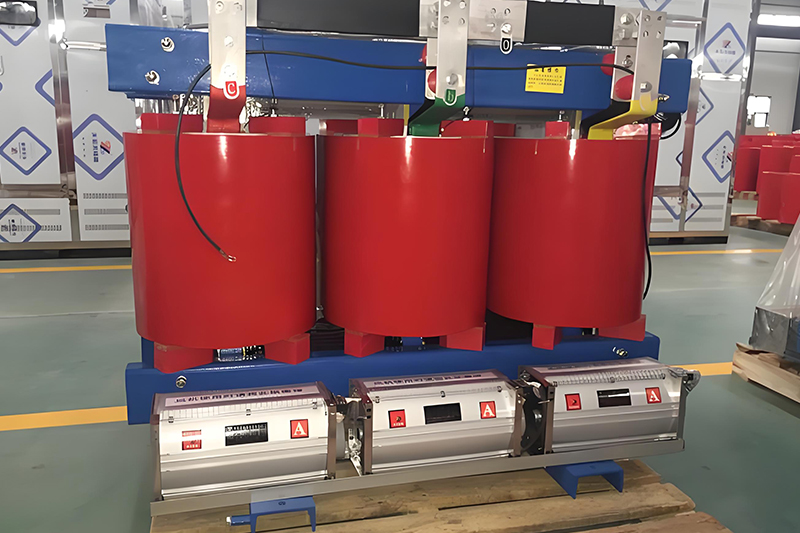
Recommendations for a Successful Procurement Process
Clarify Technical Requirements: Define key parameters—capacity, voltage, insulation, protection level, and energy efficiency—before sourcing.
Conduct Environmental Assessments: Evaluate the installation site for temperature, dust, humidity, and corrosive gases to choose a model that fits local conditions.
Choose Reputable Brands: Prioritize certified manufacturers (ISO, CE, CQC) with strong market reputations and after-sales networks.
Compare Multiple Proposals: Request detailed solutions from 2–3 suppliers and compare their technical specs, pricing, delivery timelines, and services.
Analyze Total Cost: Go beyond the purchase price. Factor in energy loss, maintenance, and the total life cycle cost for informed investment decisions.
Confirm After-Sales Support: Check warranty duration, maintenance response time, and service coverage to avoid future operational issues.
Dry-type transformer selection involves more than just choosing capacity or voltage. It requires a comprehensive understanding of technical, environmental, and economic factors. By following the solutions and procurement strategies outlined above, purchasers can confidently select the right transformer model, minimize operating risks, and maximize energy and cost efficiency throughout the transformer’s life cycle.

